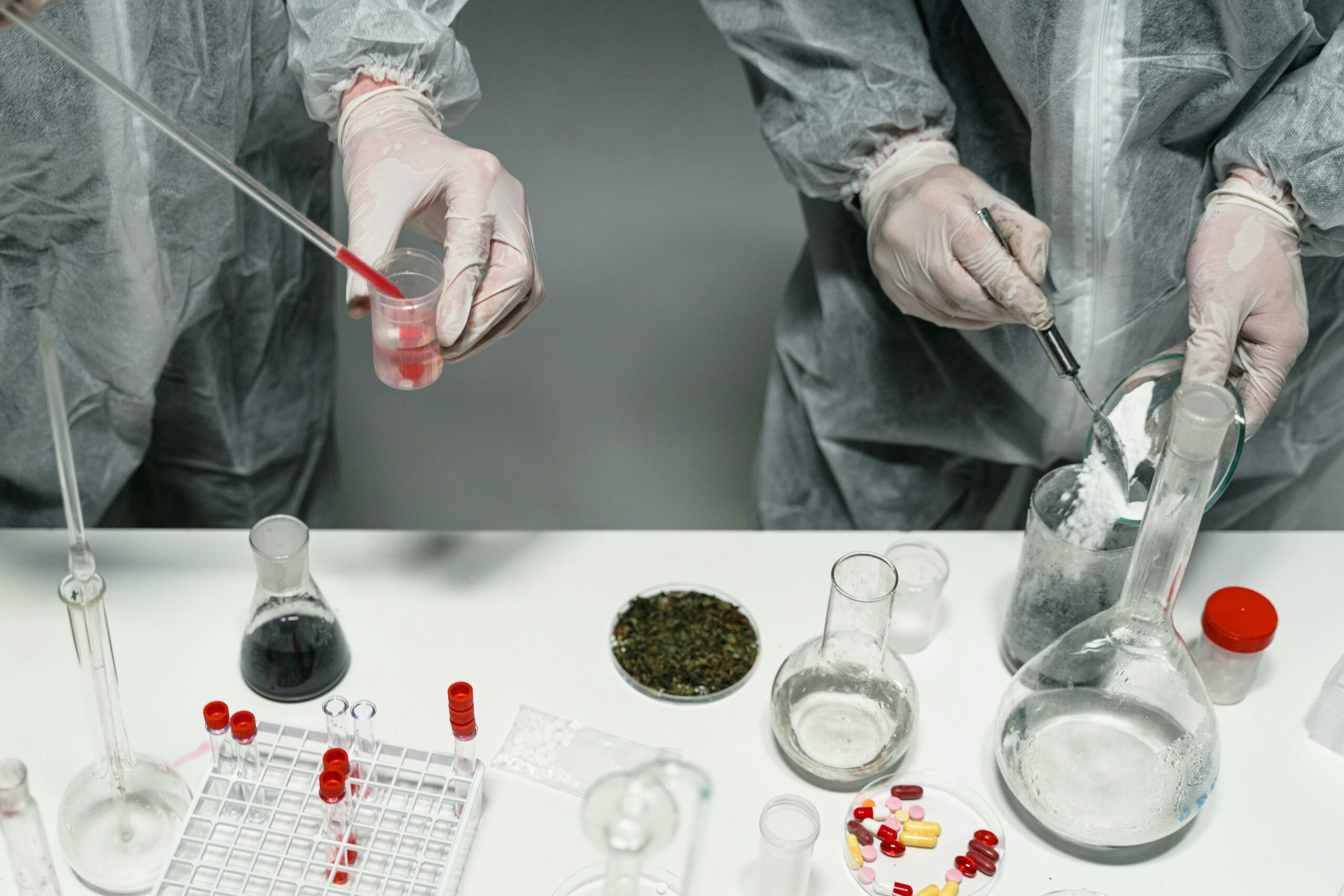Why Drug Testing Cutoff Levels Matter
Drug testing plays a vital role in workplaces, law enforcement, and sports. However, not every test result is reported as positive or negative—cutoff levels determine whether a sample is considered a pass or fail. These levels prevent false positives, reduce legal risks, and ensure fair testing practices. But how do they work, and why are they so important? Let’s dive in.
What Are Drug Testing Cutoff Levels?
A cutoff level is the minimum concentration of a drug or its metabolite that must be present in a sample for it to be classified as positive. If the drug concentration is below this level, the test result is negative and does not get reported.
There are two types of cutoff levels:
Initial Screening Cutoff Levels
These detect the presence of a drug in a sample using an immunoassay test. If the concentration is below this level, the result is negative.
Confirmatory Testing Cutoff Levels
If the initial test is positive, a more advanced test (e.g., GC-MS or LC-MS) is performed. This second test uses lower cutoff levels and higher precision to confirm the presence of the drug.
Both levels work together to ensure accuracy, reliability, and fairness in drug testing.
Why Are Cutoff Levels Necessary?
Cutoff levels serve multiple purposes:
Prevent False Positives
Everyday products like poppy seeds (which contain trace amounts of opiates) could trigger a positive result without cutoff levels. These levels prevent such false positives.
Avoid Unnecessary Consequences
If a trace amount of a drug remains in someone’s system from past exposure, cutoff levels help ensure it doesn’t unfairly impact their employment or legal standing.
Ensure Consistency Across Tests
Standardized cutoff levels allow uniformity in drug testing across industries, making policies more enforceable and legally sound.
Differentiate Between Passive and Active Use
Cutoff levels help distinguish between active drug use and unintentional exposure, preventing unjust consequences.
Why Some Drug Test Results Are Not Reported
Many people assume that any drug detected in a sample automatically results in a positive test, but that’s not true. If the detected amount is below the cutoff level, the result is considered negative and is not reported.
Reasons for Non-Reported Results
Low Concentration of the Drug
If a drug is present in tiny amounts, it may not meet the threshold required for reporting.
Metabolism and Elimination Rates
Some substances clear from the body quickly, reducing their concentration below cutoff levels before testing occurs.
Passive Exposure
Exposure to secondhand smoke or contaminated environments might result in minimal drug presence, which falls below the cutoff level.
Lab and Testing Errors
Rarely, variations in sample handling can lead to non-reportable results.
Cutoff levels protect employees and employers from wrongful accusations and ensure only relevant results are considered.
Industry-Specific Cutoff Level Requirements
Different organizations set their own cutoff levels based on safety concerns and regulatory needs. Below is a table showing standard cutoff levels for common substances.
Standard Drug Testing Cutoff Levels
Drug |
Initial Screening Cutoff (ng/mL) |
Confirmatory Testing Cutoff (ng/mL) |
|---|---|---|
| Marijuana (THC) | 50 | 15 |
| Cocaine | 150 | 100 |
| Opiates (Codeine/Morphine) | 2000 | 2000 |
| Heroin (6-AM) | 10 | 10 |
| Amphetamines | 500 | 250 |
| Methamphetamines | 500 | 250 |
| PCP (Phencyclidine) | 25 | 25 |
| Benzodiazepines | 300 | 200 |
| Barbiturates | 300 | 200 |
Note: These values may vary based on industry, employer policies, and regulatory requirements.
The Impact of Cutoff Levels on Workplace Drug Testing
For Employers
- Ensures a drug-free workplace without penalizing employees for accidental or past exposure.
- Protects against legal liability by ensuring fair and scientifically backed testing.
- Reduces risks of hiring employees who may pose safety threats.
For Employees
- Protects privacy and rights by preventing false positives from environmental exposure.
- Ensures fair testing by considering only relevant drug concentrations.
- Encourages trust in the system, reducing fear of wrongful termination.
Final Thoughts
Cutoff levels in drug testing play a critical role in maintaining fairness, accuracy, and reliability. They ensure only meaningful results are reported while preventing false positives. Understanding these levels helps both employers and employees navigate drug testing policies with confidence.
For organizations aiming for safe and compliant workplaces, setting clear and well-communicated cutoff levels is essential. If you need assistance in implementing a workplace drug testing program, InOut Labs can help. Contact us today!

